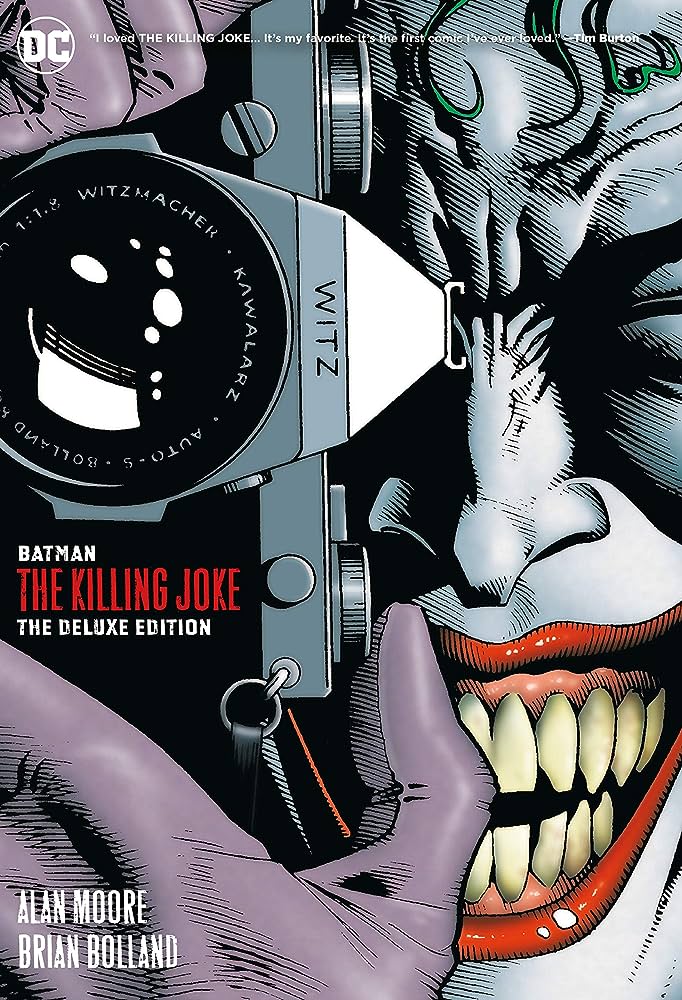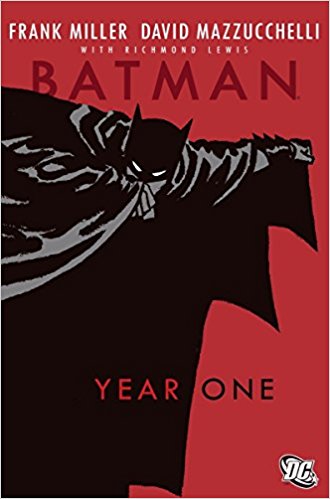|
Batman as a TV show with defined modern seasons is a cool conceit that somehow hasn't translated well to TV. Batman The Animated Series, a series that freely bounced around the timeline was way more fun than Gotham, or really any of the live action DC shows so far. What I've tried to do here is present whole season arcs that can either be watched from season one to ten, or you can just read a single season and get a satisfying story without needing to move on to the next one. Also, I'm not doing these chronologically by when they were published. I find more modern comics tend to be either much better or much worse reads. Sometimes an old story doesn't age well, so it's nice to see it in updated language and themes. Sometimes, the updates don't work, as they tack on weird continuity retcons that just seem forced. Hopefully, you'll enjoy the way I've set this season out. Season Two: |
April 2024
Subjects
All
|


 RSS Feed
RSS Feed